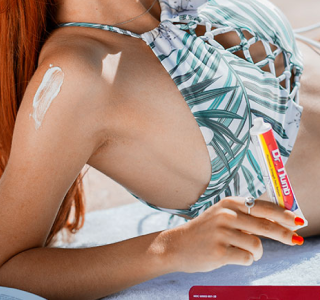Tattooing over a cut can pose significant risks and increase the chances of infection. The healing process may be longer, and extra precautions should be taken to protect the tattoo. It's essential to consult with a professional tattoo artist and doctor before deciding. Prioritizing skin health and safety is vital.
Yes, experienced artists can usually handle it. To get a tattoo over a scar, your spots must be completely healed, which can take up to a year.
In this blog post, we will explore whether one can get a tattoo over a cut, factors to consider before tattooing over cuts, the effects and risks, and the preparations and precautions that should be taken.
Can You Tattoo Over a Cut: 7 Factors to Consider
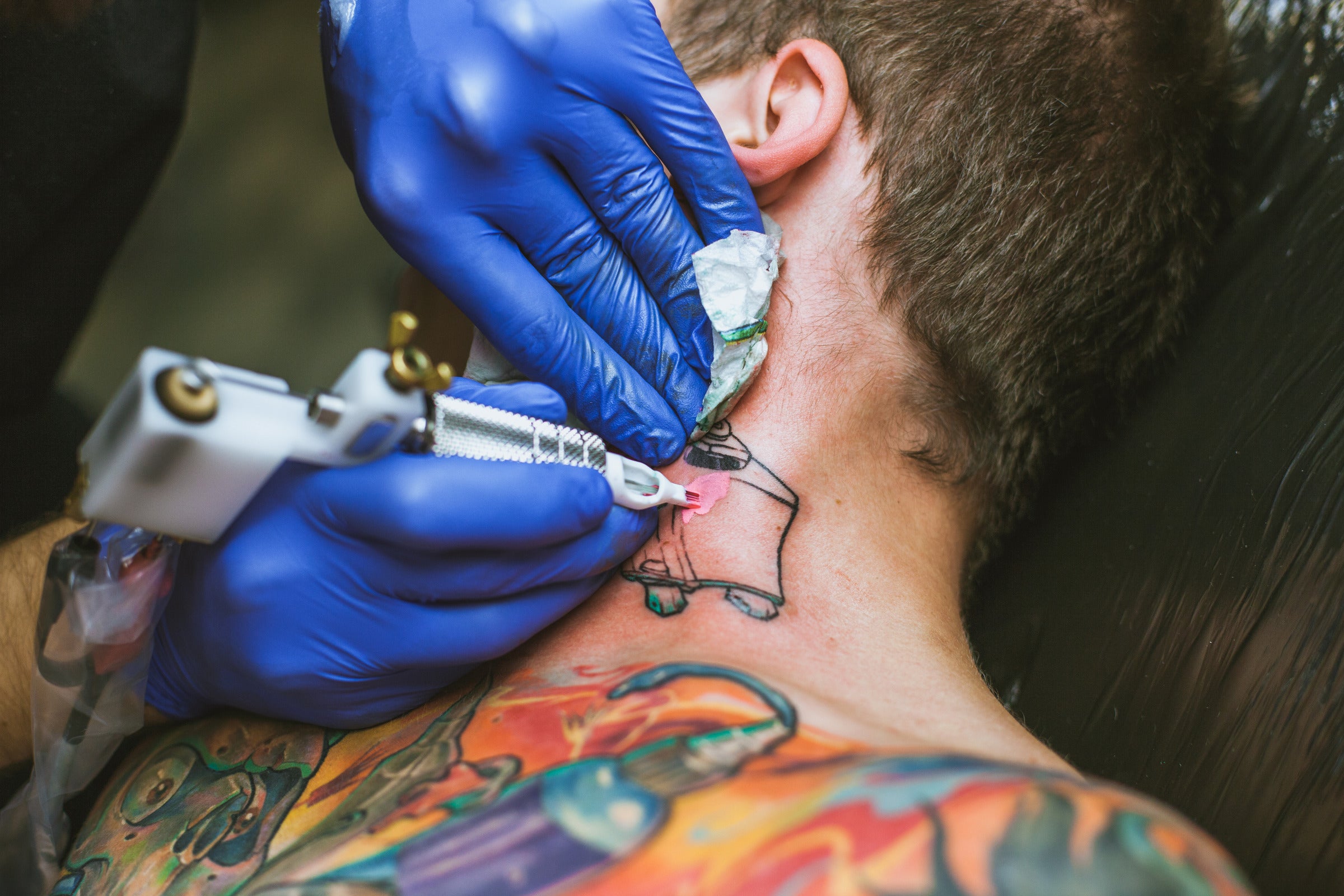
Getting a tattoo over a cut may seem like a good idea at first, but there are several factors to consider before proceeding with the procedure. Here are some essential things to remember:
Severity of Cut
When deciding whether to tattoo over a cut, the severity of the cut is crucial. If the cut is severe and needs medical attention, let it heal before considering a tattoo. Severe cuts take time to heal and can become infected if not treated properly. Getting a tattoo over a severe cut can prolong healing and cause complications. Wait for the cut to heal entirely before attempting to get a tattoo.
Size of the Cut
It is also essential to consider the size when choosing to tattoo over it. Minor cuts that have healed completely can be tattooed over, while significant cuts may take longer to heal and increase the risk of infection.
Infection Risk
Over tattooing a cut can lead to infection and disease, and it is vital to ensure that the wound has completely healed before getting inked. Tattoo artists should follow proper hygiene practices and procedures to minimize the risk of infection.
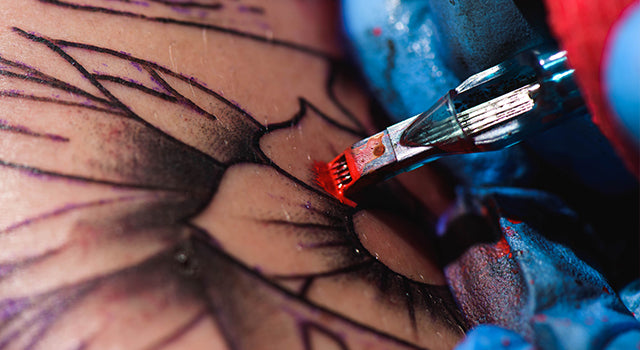
Healing Time
The healing time for a cut varies depending on the severity, size, depth, and location of the injury. It is crucial to wait until the wound has fully healed before getting a tattoo to avoid complications.
Age of the Cut
The age of the cut is an essential factor to consider when getting a tattoo. Tattooing over a fresh cut can cause further injury and may extend the healing time. Waiting until the cut has fully healed is the best approach to avoid complications.
Depth of the Cut
The depth of the cut is a crucial factor in determining whether it is safe to tattoo over it. If the cut has reached the dermis layer of the skin, it is best to wait until it has fully healed. Tattooing over a deep cut can lead to infection and further complications.
Location of the Cut
The location of the cut is another crucial thing to consider before getting a tattoo. Areas that are prone to movement, such as joints, heal more slowly and are more susceptible to infection.
10 Risks of Tattooing Over a Cut
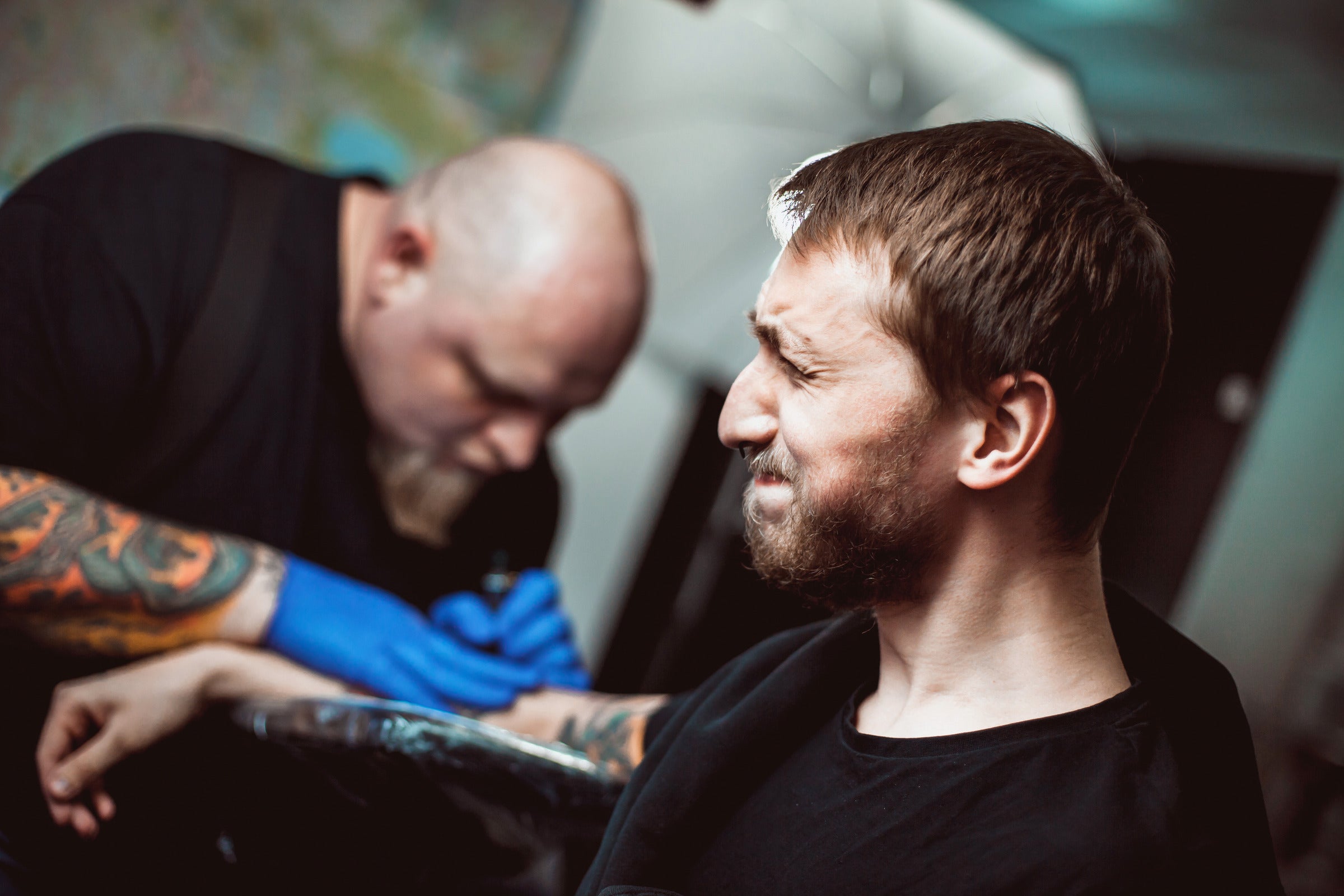
It may tempt you to cover up a fresh wound with a new tattoo. It can cause more harm than good. Let's consider the risks you need to know before considering getting a tattoo over a cut.
- Increased Pain: Tattooing over cuts or scabs is more painful than getting a tattoo on healthy skin. The skin's sensitivity, besides the needle's contact with the wound, can cause significant discomfort during the process.
- Impaired Healing: A fresh cut is still in the healing process, and tattooing can delay or impair it. The tattoo needle may affect the wound's scab or crust, leading to slower healing or potential complications that interfere with the tattoo's outcome.
- Blood Poisoning: During the tattooing process, the needle penetrating a cut can draw blood, leading to blood poisoning. Blood poisoning, also known as sepsis, causes severe illness and even death.
- Allergic Reaction: Tattoo inks could cause allergic reactions in some people, leading to swelling, itching, and other symptoms.
- Scarring: Tattooing over a cut may cause permanent scars, affecting the tattoo's outcome and appearance.
- Bleeding: The skin over the cut is sensitive and may bleed more than usual, leading to a lengthier and more challenging tattooing process.
- Blood-Borne Diseases: Tattooing over a cut can increase your risk of contracting blood borne diseases such as hepatitis B or C and HIV. This risk increases if the equipment used isn't sterile.
- Skin Cancer: Although rare, tattooing over a cut increases the risk of developing skin cancer, primarily if the tattoo artist uses cheap ink or performs the procedure in unsterile conditions.
- Swelling: If you have a cut, the skin around the cut may swell when tattooed over. This can be incredibly uncomfortable if the cut is in a sensitive body area.
- Infection Risk: Tattooing over a cut may increase the risk of infection. The combination of ink, blood, and damaged skin may create an environment conducive to bacterial or fungal infections.

3 Precautions and Preparations Before Getting a Tattoo Over a Cut
Certain precautions must ensure a safe and successful tattooing experience. We will discuss the steps you must take before, during, and after your tattoo session if you have a cut on your skin.
Preparing for Tattooing Over Cuts
When getting a tattoo over a cut, it's essential to ensure that your skin is as healthy as possible. Here are some guidelines to follow:
- Clean the Cut: clean it and keep it dry and free of infection. Consequently, your skin will heal faster and reduce the risk of complications during the tattooing process.
- Consult with a Tattoo Artist: Not all tattoo artists will be willing or able to perform a tattoo over a cut. It's essential to find a reputable artist who specializes in this type of tattoo and will discuss any concerns you may have.
- Discuss any Concerns with the Tattoo Artist: Be honest with your tattoo artist about your concerns, fears, and expectations. They can advise on how to best prepare for your tattoo session and what to expect during and after the procedure.
During the Tattooing Session

Once you've found a reputable tattoo artist and have followed the proper precautions to prepare for your session, taking care of your skin during the tattooing process is essential. Here's what you should remember:
- Numbing Options: If you're concerned about pain, talk to your tattoo artist about numbing options. Many artists offer topical numbing creams or sprays that can help ease discomfort.
- Special Care for the Cut: During the tattooing process, your artist must work carefully around the cut to avoid causing further damage. Be prepared to take breaks during the session to allow your skin to heal.
After the Tattooing Session
After the tattooing session, it's essential to take proper care of your tattoo and the cut in order to keep your skin healthy and to ensure it remains infection-free. Here are some tips to follow:
- Follow Aftercare Instructions: Your tattoo artist provides you with instructions on how to care for your tattoo and your cut. Be sure to follow these instructions closely to promote healing and prevent infection.
- Monitor the Cut for any Signs of Infection: Monitor the cut and the surrounding skin closely to detect any infection-related signs, such as swelling, redness, or oozing pus. If you notice any of these symptoms, contact your healthcare provider immediately.
- Contact a Healthcare Provider If Necessary: If you are concerned about the healing process of your cut after getting a tattoo, contact a healthcare provider. Your condition can be evaluated by them, and they can recommend a treatment.

Conclusion
It's essential to ensure that a cut is completely healed before tattooing over it. This will prevent any significant health-related issues and ensure that the tattooing process does not interfere with the healing of the cut.
If you are unsure about the healing status of your cut, it's better to wait until it's entirely healed before getting a tattoo. It's essential to trust a professional and experienced tattoo artist to avoid infection and any other underlying health complications.
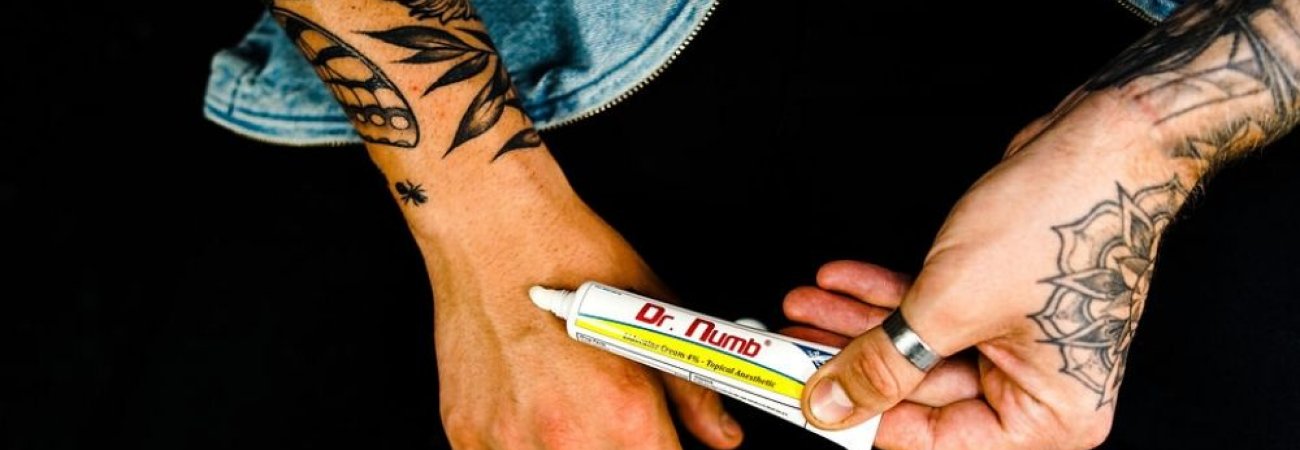
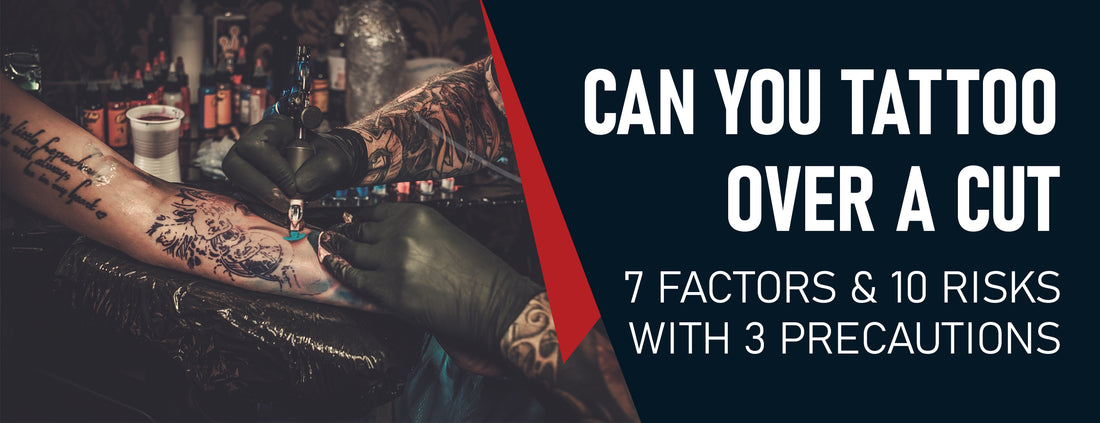
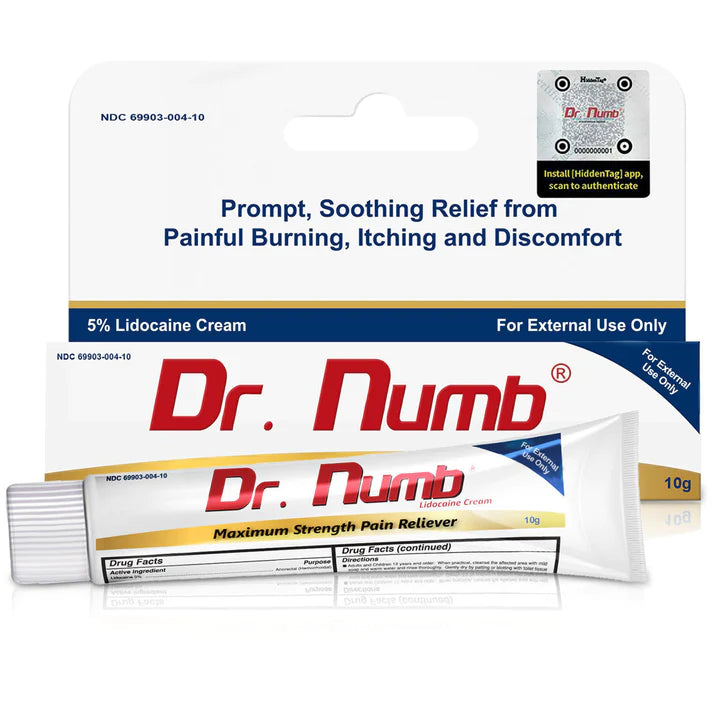

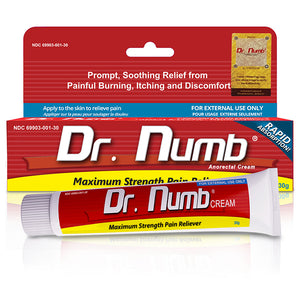
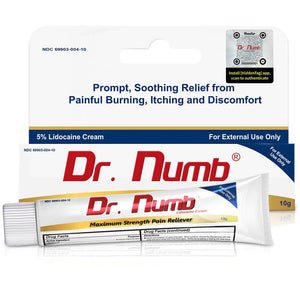


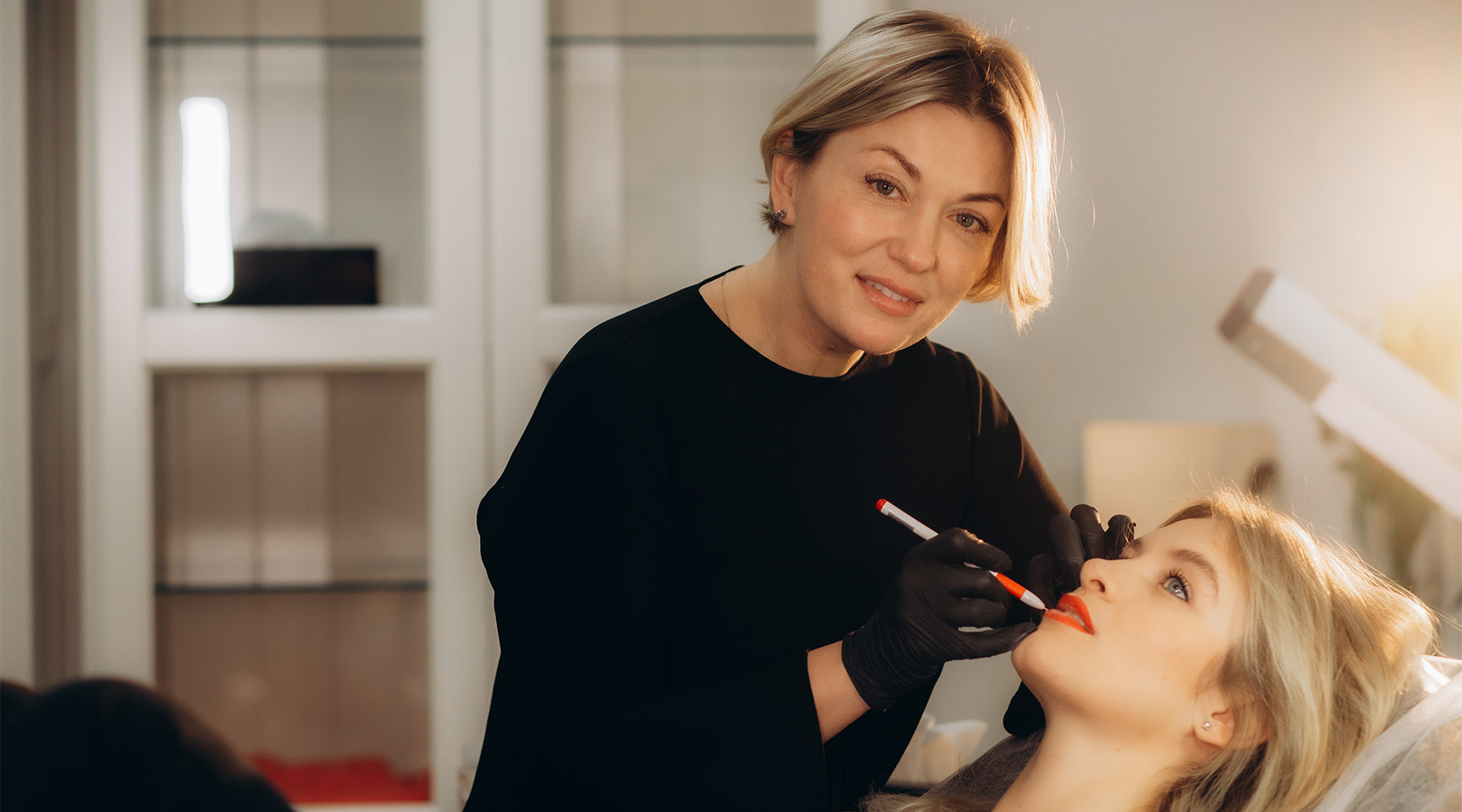

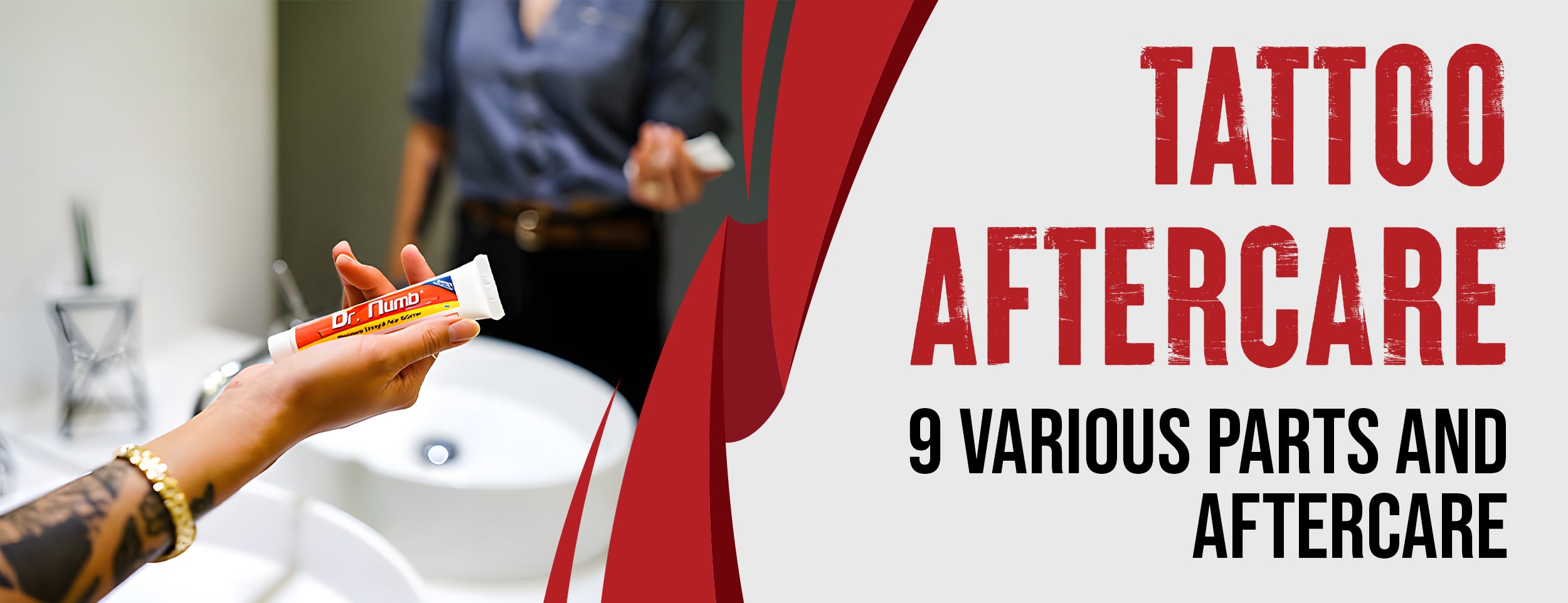
![Antibiotics and Tattoos: 3 Risks and 3 Effects [with 4 Precautions]](http://drnumb.com/cdn/shop/articles/Can_You_Get_Tattooed_On_Antibiotics__3_Risks_and_3_Effects_4_Precautions.jpg?v=1714128292)
